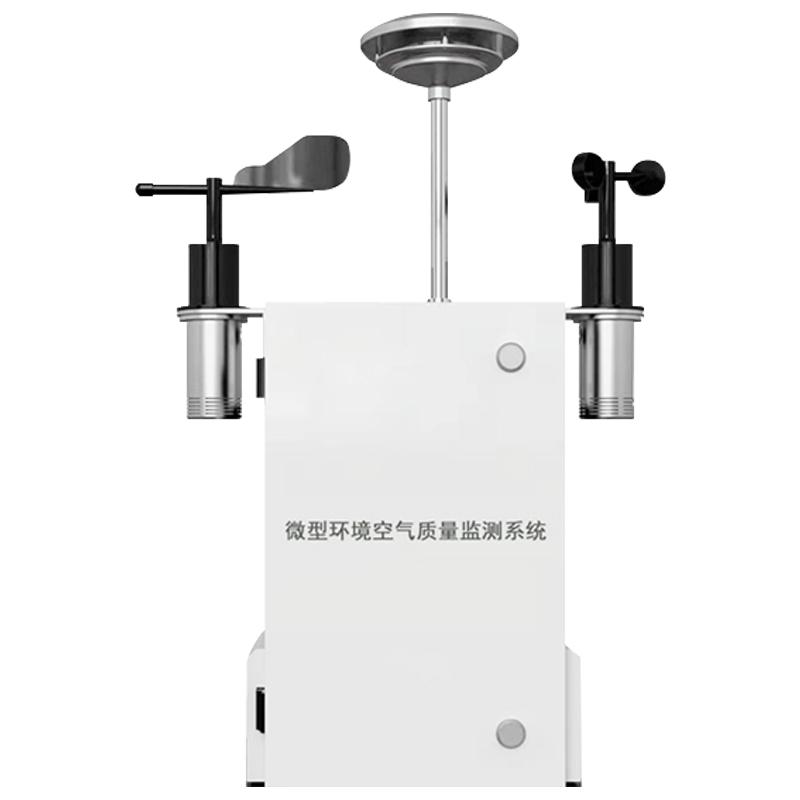Meteorological environment monitoring equipment supplier
Insist on doing high-precision customer favorite technology products
The Atmospheric Environment Monitoring System, commonly referred to as an "air monitoring station", focuses on conducting fixed-point, continuous, or scheduled sampling, measurement, and analysis of pollutants in the atmosphere and air.
In key environmental protection cities, multiple air monitoring stations are usually deployed to achieve regional air quality monitoring. These stations are equipped with multi-parameter automatic monitoring instruments, which can perform continuous and automatic monitoring, store results in real time, and generate air quality assessment data after analysis. As a basic platform for air quality control and assessment, air monitoring stations also serve as infrastructure for urban air environmental protection.
Routine monitoring parameters include 6 atmospheric parameters and 5 meteorological parameters. The 6 atmospheric parameters are PM2.5, PM10, ozone (O3), sulfur dioxide (SO2), nitrogen dioxide (NO2), and carbon monoxide (CO); the 5 meteorological parameters include temperature, air pressure, humidity, wind direction, and wind speed.
According to functional positioning and construction standards, air quality monitoring stations are divided into three categories: standard stations, small stations, and micro-stations.
Standard stations, also known as atmospheric stations, are basic monitoring facilities for ambient air protection in cities or regions. Constructed with high investment from the state, they are sited in strict accordance with standards, and multiple sets of monitoring instruments that meet national standards are centrally installed in dedicated small-scale buildings. Monitoring methods are implemented in line with national standards, and professional personnel are required to conduct operation and maintenance on a weekly basis. Due to the high costs of construction, operation, and maintenance, standard stations are mostly national-controlled, provincial-controlled, or municipal-controlled monitoring points.
Both small stations and micro-stations are supplements to standard stations. Their construction costs are much lower than those of standard stations, making them more suitable for large-area deployment in refined or grid-based monitoring.
Small stations conduct monitoring based on photochemical methods or sensor methods. Regardless of the principle adopted, they are equipped with active sampling systems, quality control systems, flow control systems, as well as front-end dehumidification and temperature control modules, with hardware accuracy close to that of atmospheric (standard) stations. Due to their relatively high accuracy, they are suitable for local environmental management and internal assessment. Their monitoring data can be calibrated and traced, and the data quality is more reliable than that of micro-stations.
Micro-stations mainly address the monitoring limitations of standard stations and small stations. Some regions are vast in area, and standard stations and small stations are mostly fixed, making it difficult for them to cover small-scale areas; in addition, the high costs of these two types of stations hinder the advancement of grid-based monitoring. Therefore, grid-based micro air monitoring stations have emerged. Most of these stations adopt diffusion-type or pump-suction sampling methods and use multi-sensor information fusion technology. Their core function is to track the changing trends of air quality and provide support for early warning.
